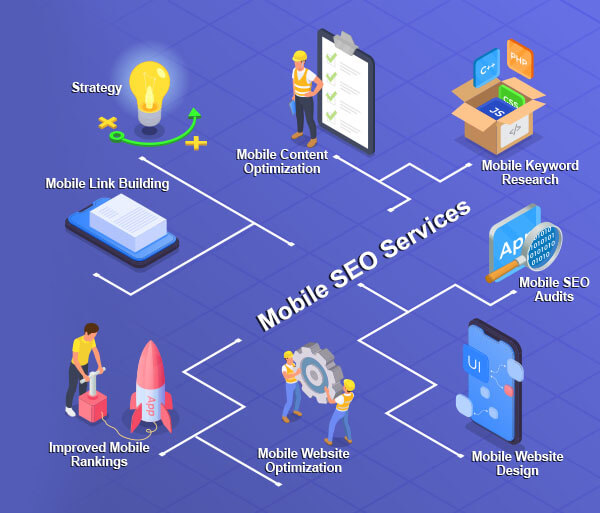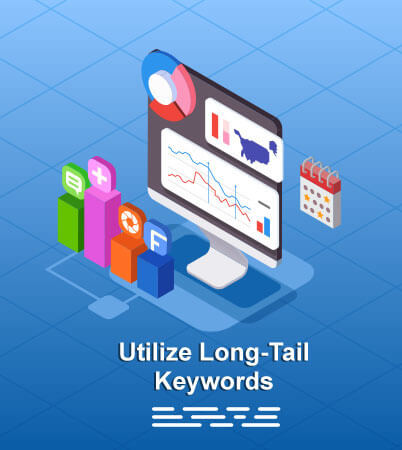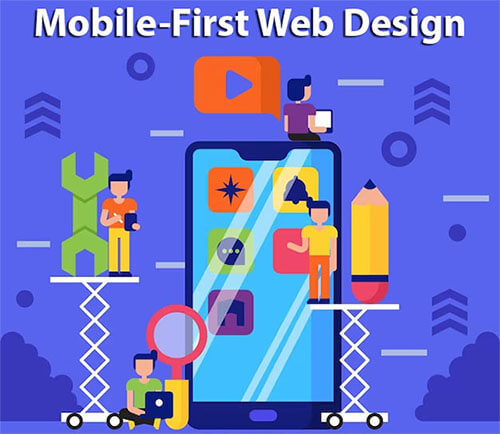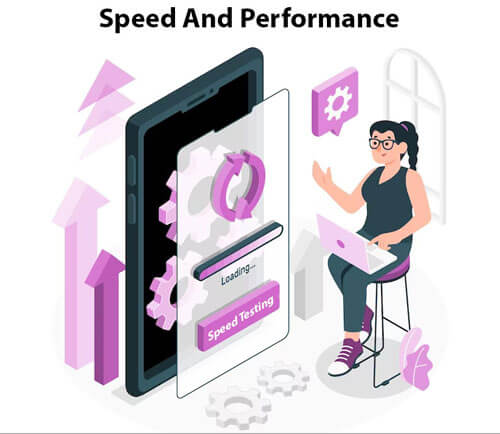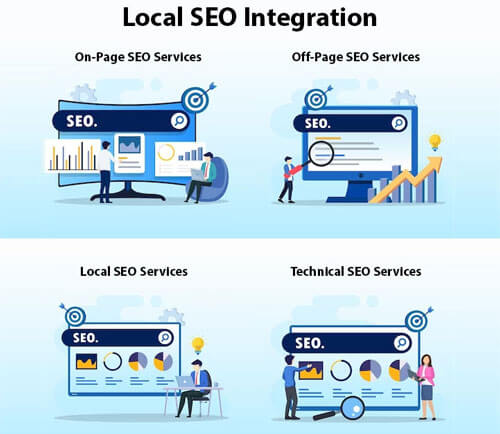In the digital age, the shift towards mobile browsing has prompted a significant change in how websites are ranked and indexed by search engines. Google's Mobile-First Indexing is at the forefront of this shift, marking a pivotal moment for website owners and SEO specialists. With the announcement by John Mueller, Google's Webmaster Trends Analyst, that starting from March 2021, Google will predominantly use the mobile version of the content for indexing and ranking, the urgency for websites to adapt has never been more critical. This guide aims to demystify Mobile-First Indexing, explore its implications, and offer actionable strategies to ensure your website thrives in this new SEO landscape.
Understanding Mobile-First Indexing
The Importance of Mobile-First Indexing
Mobile-First Indexing is Google's response to the evolving user behaviour, with mobile searches surpassing desktop searches in volume and frequency. This indexing strategy prioritizes the mobile version of a website, considering it the primary version for indexing and ranking purposes. The move underscores the need for mobile-friendly websites to ensure that users on mobile devices have an optimal browsing experience.
John Mueller's Announcement and Its Implications
“John Mueller's clarification that the deadline for Mobile-First Indexing has been extended to March 2021 provides a brief respite for website owners yet underscores the urgency to adapt. Post-March 2021, content unavailable on a mobile site will not be indexed, highlighting the critical need for a mobile-responsive website.”
How Mobile-First Indexing Affects You
The Impact on Desktop-Only Websites
Websites with a mobile version can avoid disappearing from Google's search results. This section will delve into the consequences of ignoring Mobile-First Indexing and the potential loss of traffic, leads, and conversions for desktop-only sites.
Consequences for SEO and Organic Ranking
The inclusion of more competitors in the mobile-first index and the potential drop in organic rankings for websites not optimized for mobile browsing are critical concerns. Strategies for competing in this new landscape, including outsourcing mobile SEO services, are essential considerations for businesses aiming to maintain or improve their online visibility.
Preparing for Mobile-First Indexing: Best Practices Guide 2024
In the ever-evolving Internet technology, ensuring your website is primed for Google's mobile-first indexing is more crucial than ever. As we move into 2024, the distinction between desktop and mobile browsing is not just blurring; it's vanishing. Google has taken note, and so should you. Let's dive into the best practices to prepare your website for mobile-first indexing, ensuring it survives and thrives in this mobile-centric era.
Metadata Consistency Across Versions
The foundation of a solid SEO strategy in a mobile-first world lies in the consistency of your metadata. Yes, we're talking about your title tags and meta descriptions. The metadata on your mobile site must mirror that of your desktop site. This consistency helps Google accurately understand and rank your content, ensuring your site's visibility is optimal across all devices. So, double-check that your titles and descriptions are in harmony across both versions of your site.
Optimizing for Mobile User Interaction
How users interact with your site on mobile vastly differs from desktop. Touch screens have replaced mouse clicks, which means your mobile site needs to be designed with touch in mind. Avoid lazy-loading for your primary content and interactive elements; Google's bots need to see this content easily to index it properly. Follow Google's best practices for lazy-loading to the letter, ensuring your site is as touch-friendly as it is user-friendly.
Ensuring Smooth Crawling for Googlebot
The accessibility of your site to Googlebot cannot be overstated. Make sure that none of your site's resources (be it JavaScript, CSS, or images) are hidden from Google's view by your robots.txt file. A smooth crawl by Google translates into a better understanding and indexing of your mobile site. Utilize tools like Google's Mobile-Friendly Test regularly to spot and fix any potential crawl issues, keeping your site's SEO health in tip-top shape.

